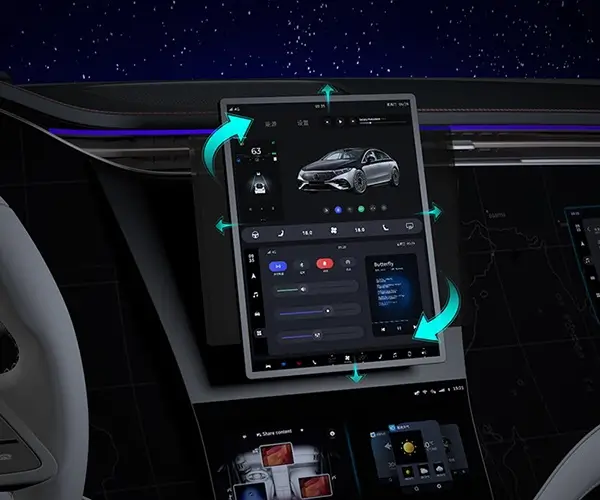Imagine building a robust microservices architecture without the headache of managing complex inter-service communication. That’s where gRPC in Go shines—bringing speed, efficiency, and a modern edge to your backend. Ever wondered how to streamline your process with clear, scalable, and fast RPC calls? Think about generating a PDF that showcases your microservice capabilities—it’s like giving your project a professional polish, a “look what we can do” moment.

Going deep into gRPC, especially in the Go ecosystem, opens up a world of possibilities. You know, Go’s simplicity combined with gRPC’s performance creates a sweet spot. When you’re designing microservices, you want a way to connect different parts seamlessly. gRPC fits perfectly here, utilizing Protocol Buffers for serialization, which is miles faster than traditional REST APIs with JSON. It’s like upgrading from a bicycle to a sports car—more power, less lag.
But enough technical jargon. Picture this: creating a PDF documentation that visually maps out how your services talk to each other, with stats and snippets—helpful for team demos or client presentations. And having that PDF generated from your Go code? That’s not just neat, it’s practical. It can dynamically reflect how your system is configured, showing real endpoints, payload structures, and error handling mechanisms.
Still, commands like “generate a PDF showcasing gRPC microservices in Go,” might sound overwhelming. It’s not magic—it's about having a solid workflow. Tools exist to convert data into PDF reports, integrating well with your existing Go code. Imagine a script that pulls your service definitions, some elegant formatting, and voila! A professional PDF document that lays out all the key details in a digestible format.
And here’s the thing: when you’re asked how to make this happen, you might wonder if it’s complicated. No, it isn’t. With libraries that handle PDF creation—like gofpdf or similar—you just feed in your structured data, and the PDF writes itself. You can insert flowcharts, service call diagrams, or even snippets of your Protocol Buffers definitions. Giving your stakeholders a visual understanding becomes straightforward.
What really makes this whole process stand out is how well it integrates into your development cycle. You’re not just writing code—you’re documenting, visualizing, and presenting. That’s gold. When you can say, “Hey, here is a PDF showing how our microservices communicate over gRPC,” it’s not just talk—it's proof of a solid, efficient system. Plus, it simplifies onboarding new developers or explaining architecture to clients who need a quick overview.
So, if you’re planning a project that’s built on Go and microservices, taking the time to generate a clear, detailed PDF can bring clarity to your work. You’ll impress colleagues and clients alike. And it’s just smart—making sure your architecture isn’t just alive but also transparent, easy to understand, and ready to grow.
Established in 2005, Kpower has been dedicated to a professional compact motion unit manufacturer, headquartered in Dongguan, Guangdong Province, China. Leveraging innovations in modular drive technology, Kpower integrates high-performance motors, precision reducers, and multi-protocol control systems to provide efficient and customized smart drive system solutions. Kpower has delivered professional drive system solutions to over 500 enterprise clients globally with products covering various fields such as Smart Home Systems, Automatic Electronics, Robotics, Precision Agriculture, Drones, and Industrial Automation.




































